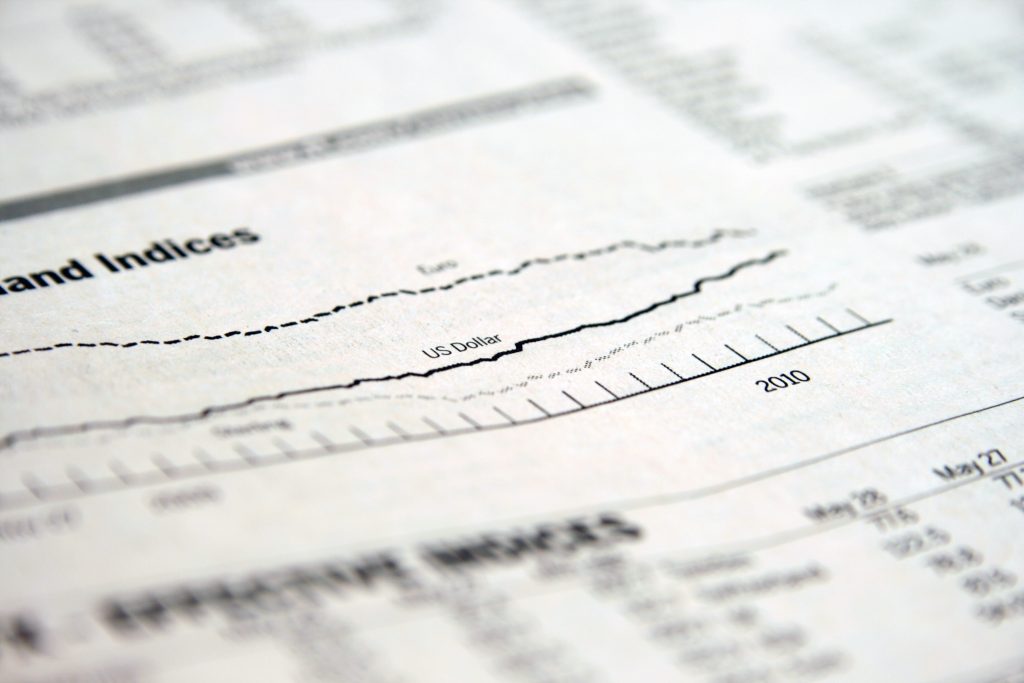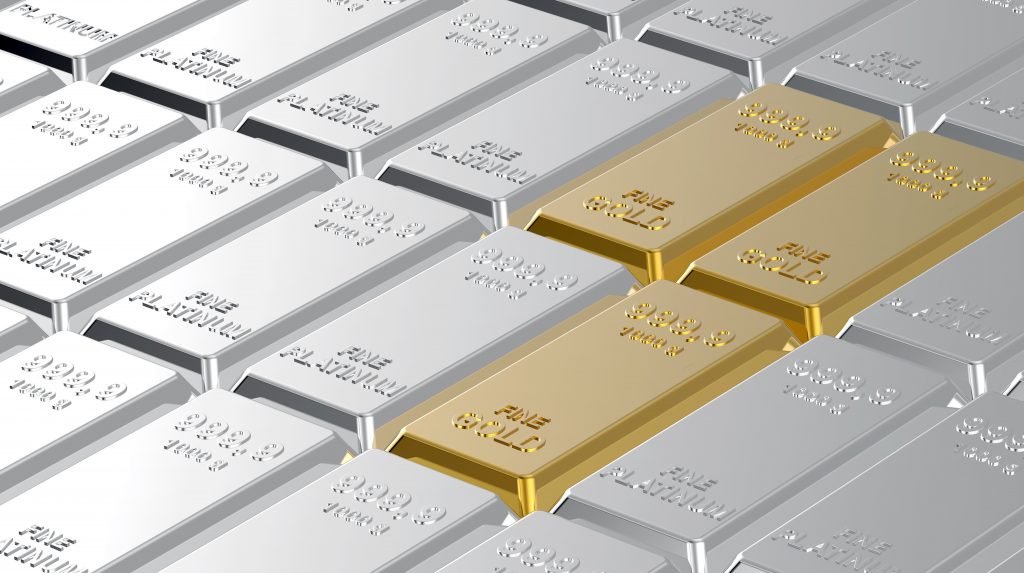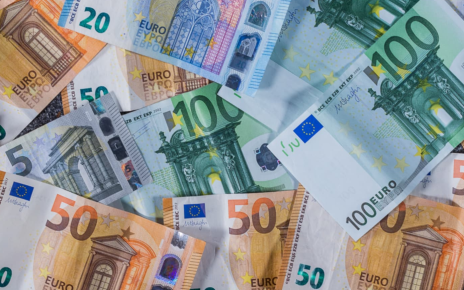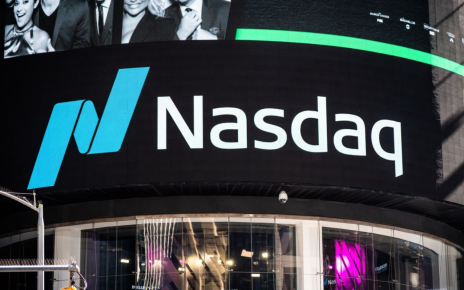A futures contract is an obligation to purchase and sell an asset at a particular time and price. This means that a future agreement is going to dictate that Trader X will buy Asset A at giving Price B coming from Trader Y at giving Time C.
Trader X buys a potential future offered by Trader Y.
Trader Y can sell (AKA short) this particular future without original owning it. This’s because promoting a future is merely an agreement to sell a particular asset down the road.
Asset A is referred to as the underlying asset, likewise referred to as spot. (We are going to use the phrases, underlying asset plus spot interchangeably.)
Price B will be the cost of the future.
Time C is the expiration date for the future.
In case you purchase a coffee potential agreement, which expires in six weeks, at a hundred and five dollars, it’s an obligation to purchase the underlying coffee item at a hundred five dollars in six months. The trader that sold you that very same future at a hundred and five dollars is required to promote you the basic coffee product at a hundred and five dollars in six months.
Therefore, you can imagine a future as something whose cost is determined by its fundamental asset.

Expirations
Futures have expiration dates. The specific future is going to include the expiration month and season.
After the futures expire, two things can happen.
1. Exchange of products
In case you purchased a coffee future, you’re today required to receive physical espresso from the seller of the particular futures. Congrats you’re screwed.
2. Cash settled futures
Some futures do not require bodily delivery of goods. You pay (or have paid) the big difference between the present underlying cost as well as the cost previously agreed upon.
The best way to exchange futures
Trading futures involves using the special features of futures:
- Futures expiration dates
- Futures Rollovers and
- Futures and their underlying assets
The following are the typical forms of futures trading strategies.
Let us cover this list of techniques one by one:
- Spreading unregulated futures
- Calendar Spreads – Spreading exactly the same world, but of various expiration dates
- Spreading a future plus its basic asset
- Spreading two different futures to trade distant relative value
- Spreading two similar futures which are listed on various exchanges
Wait, what does spreading your futures entail? It just means to go long on one asset and short another.
Consequently, when I mention “Spreading a future and its fundamental asset”, I suggest going long on the future and at the same time, go short on the underlying advantage, or maybe the other way round.

1. Strategy three: Spreading Unregulated Futures
Unregulated futures are products that act as futures, though they’re not mentioned on conventional futures exchanges.
Probably the most common kind of unregulated futures is within the cryptocurrency sector.
The largest crypto futures exchange is BitMex (as of these days, Dec 2019).
Unregulated futures are commonly more ineffective and have many more mispricings compared to standard futures (partly because of potential market manipulation).
Consequently, by using the first four strategies shown in this post and also using them to these unregulated futures, there’s profit potential.
Since these futures aren’t regulated, it’s kind of a wild west. You will find possibilities for income though you could get sucker punched and lose money as well.
Have fun in these marketplaces, but do ensure it’s authorized to trade these unregulated futures in the country of yours!
2. Calendar Spreads – Spreading exactly the same world, but of various expiration dates
Buying one potential future of a particular expiration date and promoting one associated with an alternative expiration date is widely known as a calendar spread.
This spread is generally known as an intra-contract spread as we’re trading the identical future of various expiration dates.
To better understand the strategy, we are going to look at a real-life example.
3. Spreading a future plus its basic asset
A futures contract is grounded on an underlying advantage (AKA spot).
The futures contracts and also the spot is priced just along the future’s expiration day, though they’re typically not priced equally leading up to the expiration date.
The fundamental concept of the industry
When the futures’ cost is much higher compared to the spot price, it’s believed to have contango.
In contango, you really want to short futures contract and also long the area leading approximately the expiration date. This’s known as being a cash-and-carry-arbitrage.
When the futures’ cost is lower compared to the spot price, it’s believed to be in regular backwardation (commonly recognized as simply backwardation).
In backwardation, you really want to long futures contract and short the area leading approximately the expiration date. This’s viewed as a reverse cash-and-carry-arbitrage.
4. Spreading two similar futures which are listed on various exchanges
This method involves going long on one future and also shorting a comparable one on a different exchange.
Let us use gold as a good example. Gold shows up on numerous exchanges.
Gold Futures is on COMEX, TOCOM, and SHFE.
If a gold long term is traded at a reduced cost on COMEX and also at a greater cost on TOCOM (accounting for currency differences), we go long on Gold on COMEX and short it on TOCOM.
Reasons for futures mispricing
Mispricing grows between several switches as there could be regulatory controls at specific exchanges (eg. day price move limits Supply shocks, demand, or) in a single country, various trading times, so the lag inside the transfer of information.
5. Spreading two different futures to trade distant relative value
When we short gold and long Silver, we’re believed to have long a Gold Silver spread. We’re betting Gold increases relative to Silver.

This’s known as relative value swap, as we’re not worried about the complete cost behavior of Gold (or maybe Silver). We’re merely concerned about how Gold fall or rise relative to Silver. These spreads are referred to as inter contract spreads as we’re trading two separate contracts.





